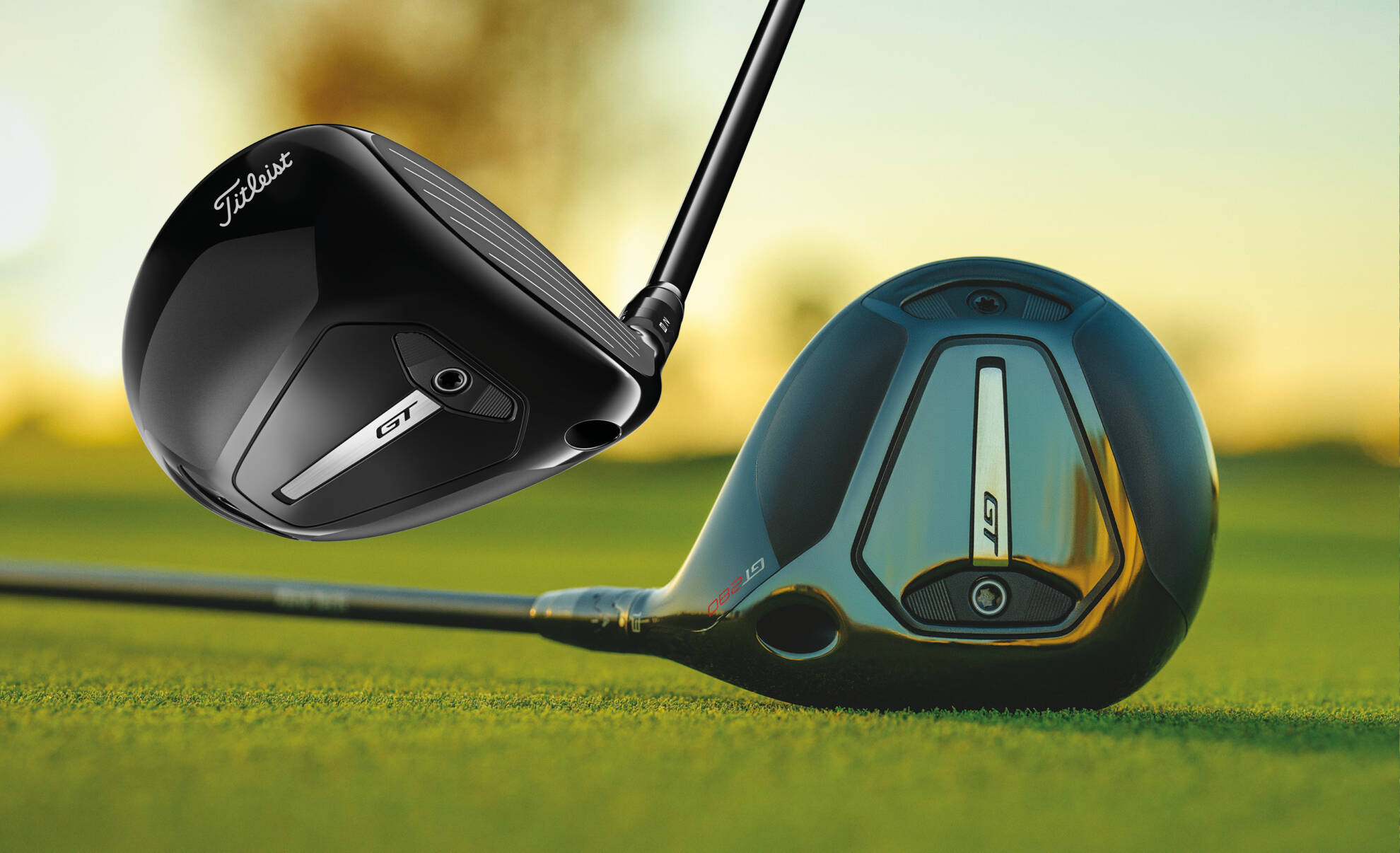There’s a curious trend bubbling back to the surface on the PGA Tour – and this one’s a blast from the past. Say hello again to the mini driver, that in-betweener club that’s making a serious comeback in the bags of the best in the world. Why? Because sometimes, the driver’s just a bit too much club, and with the 3-wood teetering on extinction at the elite level, there’s space to slot in something with a bit more subtlety but still plenty of muscle.
Pros are pulling mini drivers when they need more control off the tee — whether it’s to find a tight fairway or to shape one around a dogleg. And if they’re doing it, should we?
For the everyday golfer, the value proposition isn’t quite so cut and dry. Shot Scope data tells us that 15-handicap players actually hit fewer fairways with 3-woods than with their driver — and they’re giving up around 20 yards of distance in the process. Even five-handicappers only gain a negligible 2% bump in fairways hit when dropping to a 3-wood, while still sacrificing around 15 yards.
So why even consider a mini driver?
Turns out, there’s a bit of a magic zone when it comes to tee shots—and the mini driver might just live there. If you’re one of those golfers who occasionally sprays the big stick into the next postcode, this club could be a game-changer. It strikes a clever balance: offering more forgiveness and extra yards over a 3-wood, while reining in the wild side of a full-sized driver. And let’s be honest—sometimes the smartest play isn’t about distance, it’s about keeping the ball in play and avoiding that dreaded reload.
But which mini is right for you? Let’s tee up two standout options from two heavy hitters: Callaway and Titleist.
Callaway Elyte Mini Driver
This one’s a bit of a beast – in mini driver terms, anyway. At 340cc, the Callaway Elyte Mini is noticeably larger than its rivals, which means two things: more forgiveness and more confidence when you’re standing over the ball.
Callaway sees its Elyte Mini as a driver alternative, especially when you’re looking to gain accuracy without losing too much distance. Thanks to the shorter shaft length and chunkier head, it’s ideal for players who struggle to keep the big stick on the map. Expect a flight that’s a touch lower and shorter than your driver, but the trade-off is tighter dispersion and better chances of staying on the short stuff.
It’s also fully adjustable — just like its full-sized Elyte sibling. You get loft and lie tweaks through the OptiFit hosel, and a three-position weight system for some draw/fade bias magic. Callaway reckons you’ll see up to 12 yards of left-to-right correction depending on how you set it up. That’s pretty handy if your usual ball flight has a bit of a wander.
Make no mistake, this isn’t a fairway wood in disguise — it’s a club built to tame your tee game, especially on tight holes or windy days when control is king.

Titleist GT280 Mini Driver
If Callaway’s offering is all about tee-box control, Titleist has taken a slightly different approach. The GT280 is smaller and sleeker, with design cues that make it more viable off the deck than most minis on the market.
It features Titleist’s Seamless Thermoform Crown and a forged L-Cup titanium face insert — the latter wrapping around the sole to improve performance on low-face strikes (which, let’s be honest, happen more than we’d like). That alone makes it one of the most playable mini drivers from the fairway.
What’s really clever is the adjustable CG weighting. The GT280 comes stock with an 11-gram weight at the back and a 3-gram up front, but flipping them shifts the CG forward for a more penetrating ball flight and less spin. If you’re mostly using this club off the tee, heavy-front might be the way to go. If you’re keen to hit it off the turf, go aft-heavy and enjoy a bit more launch and forgiveness.
Titleist has also given the GT280 a flatter sole and lower leading edge to help it sit comfortably behind the ball — something you’ll appreciate if you’re brave enough to go mini off the fairway.
Verdict
If you’re already driving it like Rory, maybe not. But if you’re tired of your driver turning every par 4 into an episode of Lost, or if your 3-wood is gathering dust, the mini driver is worth a proper look. For those who want better control without fully sacrificing distance, these clubs could be your golden ticket.
Callaway’s Elyte Mini shines for tee shots, offering driver-like forgiveness in a more manageable size. Titleist’s GT280 edges it for versatility, especially if you fancy the option of hitting it off the deck. Neither will replace your driver entirely — but either could be a brilliant Plan B.
Just don’t be surprised when your mates ask, “What the hell is that?” after you stripe one down the middle. Trust us — they’ll want to try it next.













